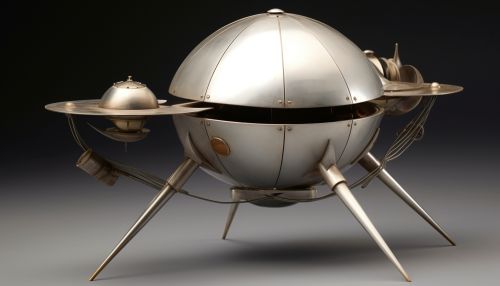Luna Program
Overview
The Luna Program, also known as Lunik Program, was a series of robotic spacecraft missions sent to the Moon by the Soviet Union between 1959 and 1976. These missions were part of the larger Soviet space exploration initiative and were instrumental in understanding the Moon's chemical composition, geological history, and magnetic properties.


Mission Objectives
The Luna Program had several objectives, including the study of lunar surface conditions, the behavior of the lunar soil, and the impact of lunar conditions on human life. The program also aimed to develop the technology necessary for the eventual manned exploration of the Moon.
Mission History
The Luna Program consisted of a total of 24 missions, each with its own specific objectives and scientific payloads. The missions can be broadly categorized into three types: flyby missions, impactor missions, and lander missions.
Flyby Missions
The flyby missions were designed to pass by the Moon and collect data on its surface and atmosphere. The first successful mission of this type was Luna 1, which was launched on January 2, 1959. This mission made the Soviet Union the first country to reach the Moon.
Impactor Missions
The impactor missions were designed to crash into the Moon's surface and collect data on the impact. The first successful mission of this type was Luna 2, which was launched on September 12, 1959. This mission made the Soviet Union the first country to impact the Moon.
Lander Missions
The lander missions were designed to land on the Moon's surface and conduct experiments. The first successful mission of this type was Luna 9, which was launched on January 31, 1966. This mission made the Soviet Union the first country to soft-land on the Moon.
Scientific Discoveries
The Luna Program made several significant scientific discoveries. These include the discovery of the Moon's weak magnetic field, the determination of the Moon's chemical composition, and the detection of lunar water ice.
Legacy
The Luna Program was a significant achievement in the history of space exploration. It paved the way for future lunar missions and contributed to our understanding of the Moon. The data collected by the Luna missions continues to be used by scientists today.
